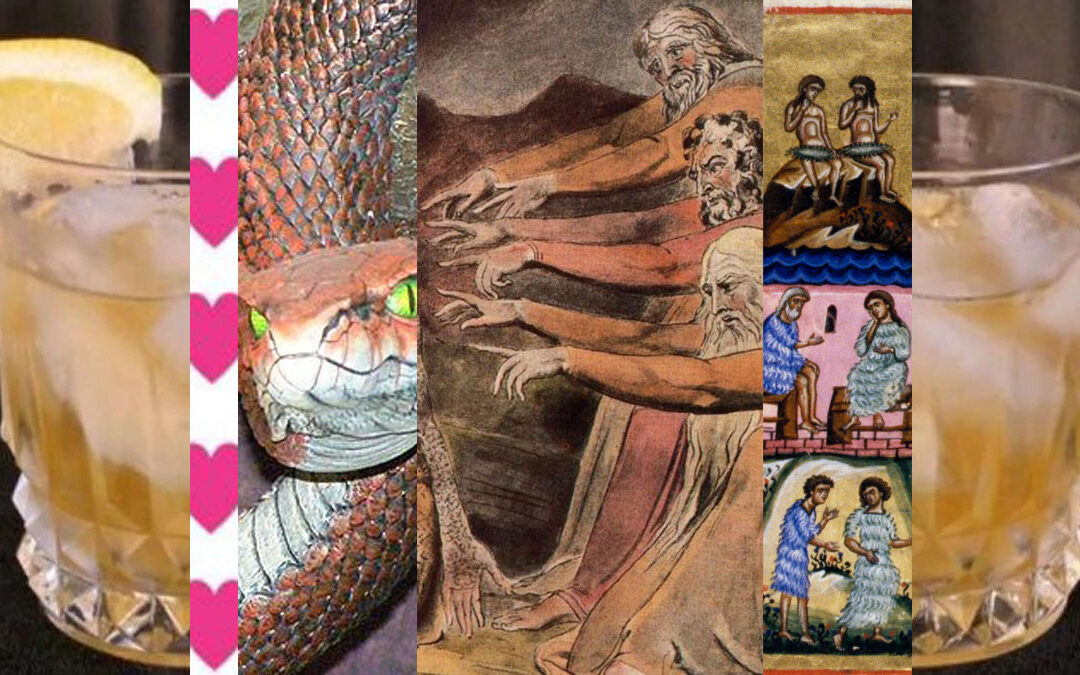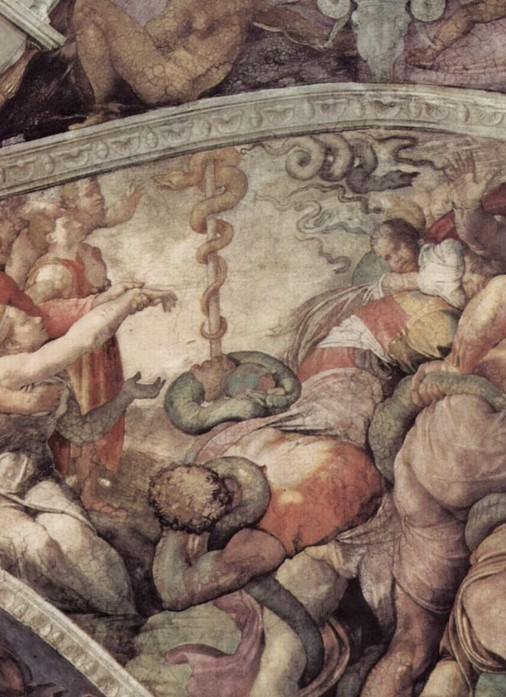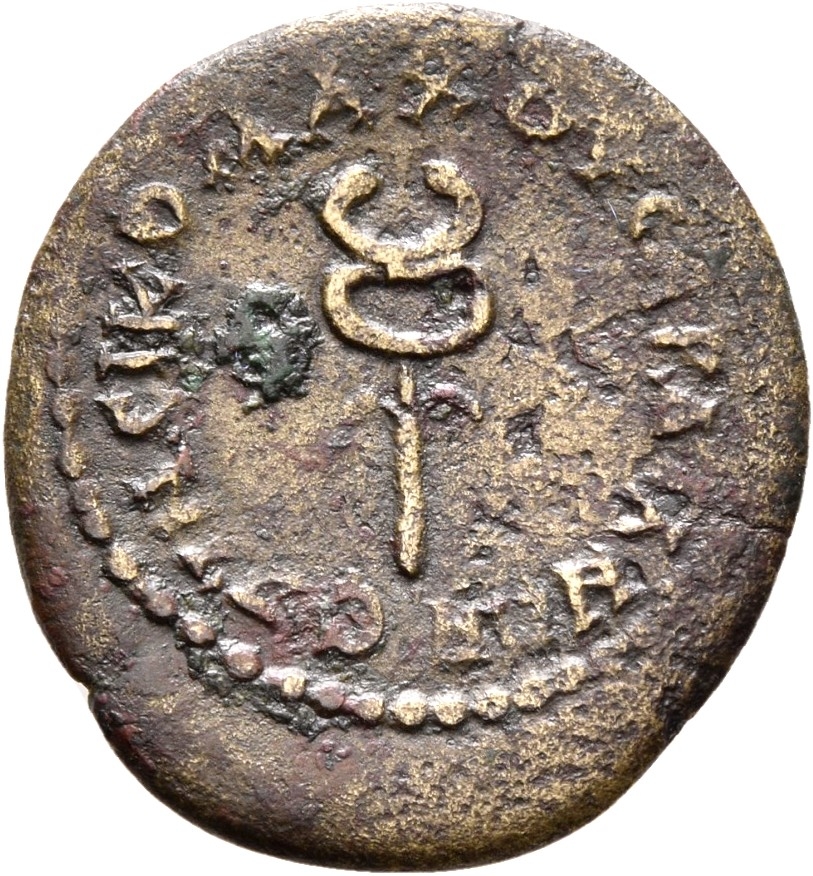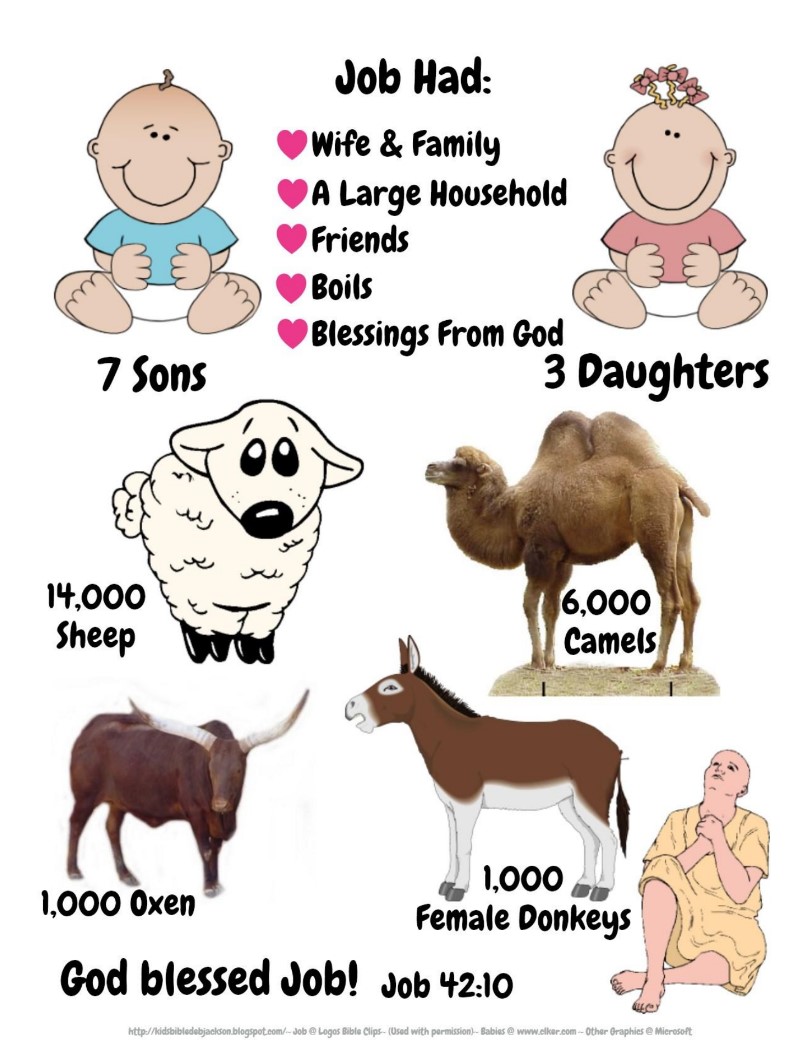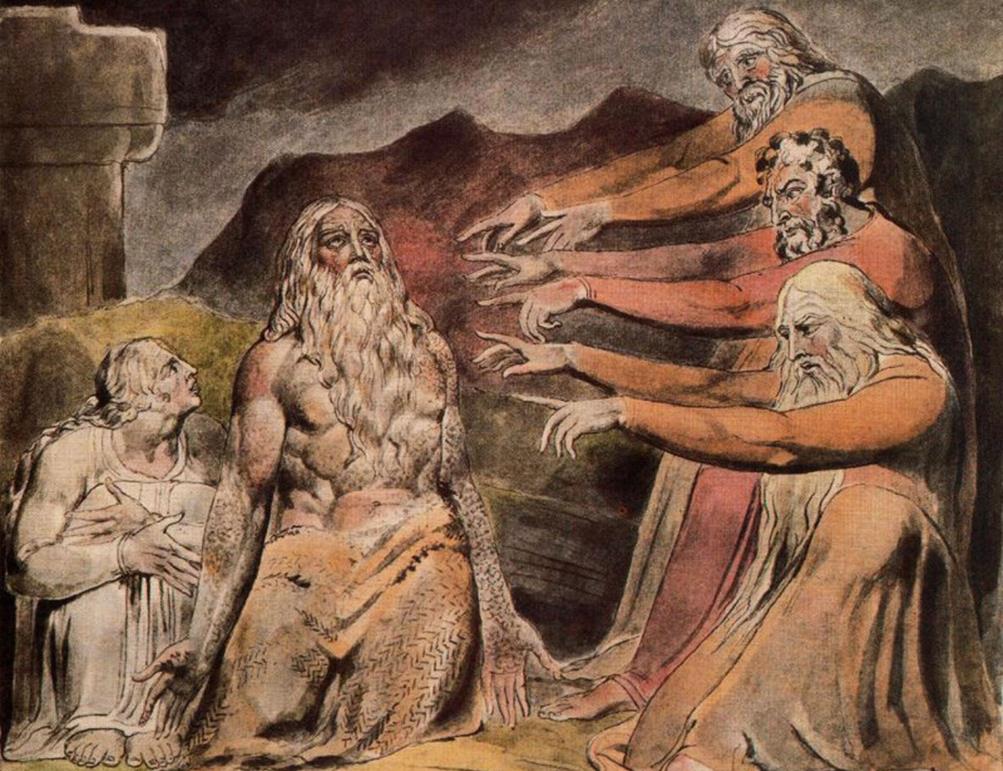God! Job! Adam and Eve! Extensive monologuing! Garden of Eden! And figs, figs, figs! But first, some drinks, and some exciting, if dated news…
Thank you Dazed Digital for this. Apparently back in 2016, priest Gerald Johnson temporarily passed out of the land of the living due to a heart attack, and in his near-death experience learned that Hell was almost exactly as horrid as Hieronymus Bosch would have you believe…but its sound track was a demonic cover band, and their greatest hit? An infernal version of Rihanna’s “Umbrella.” Also Bobby McFerrin, but we think an audience as cheerfully cynical as ours would have predicted that one.
In a stunning twist, Rihanna didn’t come up with Umbrella, but the song was sent to her by the forces of Hell. And, in fact, all music is there purely for the purposes of tormenting you, sent by Satan. Particularly cover bands. Join us at Victoria’s next concert, Friday the 10th! \
Fun grapefruit facts. First brought to Europe by a Captain Shaddock of the East India Company in the 1700s, it was called the “shaddock” for quite some time. It was first described in Rev. Griffith Hughes’ 1750 book, The Natural History of Barbados, who called it the Forbidden Fruit of Barbados, “The fruit is distinguished into either the red and white sort, each larger than an Orange…and is justly esteemed to have a fine delicious Tafte.”
The Adam and Eve cocktail draws on that citrus legacy, ideally with the flavor of grapefruit liquoir, though this version leans on apples (a more current forbidden fruit. Photo by Sings with Spirits. Chambord bottle from Whisky.Auction.



Section 2.12: Pronunciation
Jacob’s word for the last several weeks has been “theodicy,” which is generally “the vindication of divine goodness and providence in view of the existence of evil.” I think I’ve been using it wrong as addressing questions of god and evil generally, but it does seem to specifically imply the defense of god. I guess that’s a similar idea, but it is a slightly narrower lens. Anyway.
Victoria’s word for the week is “eisegesis,” interpreting text to introduce your own agendas or biases. Or, “reading into the text.” As opposed to Exegisis, which is a critical explanation/interpretation of the text.
Section 2.13: SNAKES
Illustrations to follow: An image of the Hehushtan (snake-style icon implemented by Moses in Numbers 21:4ish); a coin with Caduceus design, 140ish CE (Image by KalassArchTu); the army Medical Corps logo, and the World Health organization’s logo
The Cave of Treasures
There seems to have been a myth floating around by the year 350 AD or so that the cave Adam and Eve lived in shortly after they were evicted from Eden was a sacred place. Most of the action seems to happen near there in “Lives of Adam and Eve” and definitely in the “Cave of Treasures,” a similar text from ~650 that we didn’t get into (wiki) (Also called “The Book of the order of the succession of generations (or families), a less danceable title for sure.) These two books seem to draw form similar sources, and there’s lots of myths shared between them.
Anyway, some gifts from God were stored there, and many of A&E’s better-regarded decendents were buried there, as were A&E themselves.
The Serpent
Jacob’s been very keen on Dr. Michael Heiser’s interpretations of the goings-on in the Old Testament lately, and do consider watching “That Was No Ordinary Serpent in the Garden of Eden” by same. At the same time, Heiser has his own lenses, he’s an Evangelical Christian and his views are at least somewhat informed by the concept of “spiritual warfare” that form of Christianity can get excited over. Where he sees “spirits from the Divine Council” as a narrative extending from before Judaism to the Intertestamental period, other commentators have said “it’s better to look at this as a por quoi story, which is a different approach than showing how it illustrates an ancient, sustained spiritual concept.
In E57 we went on a deeper downward spiral into the history of El and Jahweh, including a nod to Mr. Mythos’s “Evidence that YHVH was a dragon.” I’m seeing that there’s a debunking video from Total Victory Ministry, which I won’t link to, though it sounds like a solid unbiased source. Much of his arguments leaned on the images of the Seraph, serpent iconography associated with Yah, and of course…his long, flaming nostrils. Make up your own mind on the Yah/Dragon controversy. Design a really cryptic bumper sticker to support your opinion.
Check this very solid conversation on “Nachash, Nochesh, and Nachash, which tackles the wordplay involved in the word “serpent” from several directions.

Serpent from the Garden of Eden in The Creationism Museum, image by Chris Light
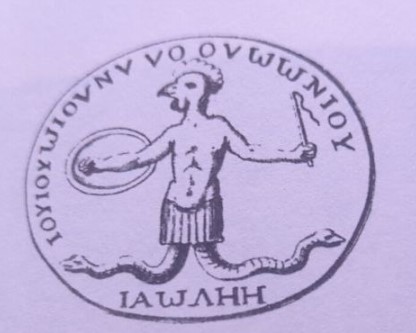
2nd century amulet showing Yahweh with serpent legs and the whip of Helios, Goodenough, 1953 (from Mythology of Eden.)

McDonald’s “Land Sea and Air” sandwich, which is weilding tartar sauce and american cheese, and is also somewhat frightening.
The Serpent Seed “doctrine” (wiki) argues that Cain was the child of Eve and the Serpent. Which, if you stopped there, would be a really solid art film for some student project. But of course this became the source of two races of people, one who are righteous and the other who are evil, and so of course this somehow lived on into at least the 2000s. So that’s good. Remember, if the KKK supports your ideology, you’ve not done good.
Re: “Adam’s Mating with the Animals,” this is a reference to the Babylonian Talmud, Folio 63A, “…R. Eleazar further stated: What is meant by the Scriptural text, This is now bone of my bones, and flesh of my flesh? This teaches that Adam had intercourse with every beast and animal but found no satisfaction until he cohabited with Eve.” Jacob feels that this is quite straightforward and doesn’t need interpretation. However, most readers of the Talmud don’t take this passage literally (Thank you to Gil Student for this article of more sensible interpretations.) It’s unfortunate that more Discordians don’t read the Talmud.
The Book of Adam and Eve
(Wiki) The Books of Adam and Eve, or sometimes The Conflict of Adam and Eve with Satan, is a sprawling piece of 6th century Christian fanfic that covers the lives of Adam and Eve after they left the Garden. It rolls up a lot of folk stories and legends surrounding A&E. Initially the first family is really over-the-top helpless and mournful, trying to kill themselves at every opportunity (when they aren’t simply dropping dead). They stabilize somewhat, probably when they have kids, and the book changes into an expansion of some of the early history in the Book of Genesis, telling the story of the family up to the Flood.
You can read it yourself on Pseudepigrapha.com – and should! It’s really fun and shows how the popular perceptions and ideas surrounding these characters grows as generations interpret the myth.
The Life of Adam and Eve may be more on topic than the Book, it revisits and expands the Genesis text but is a Jewish text. It’s a bit earlier (probably 1st century AD), and the later books and stories likely grow out of it. One of the most interesting things about this particular text is that it gives Eve a voice, even if she only retells the last 50 years of her life, it still feels unusual to hear her speak.
Callout to Sandman spinoff series The Dreaming, issue #8, which starts to unpack the story of Aclima and Lulluba (or Jumella), and issue #50, which introduces Aclima. The first time I’d encountered these characters… Cain and Aclima are twins, and share a certain similarity of hairstyle here.
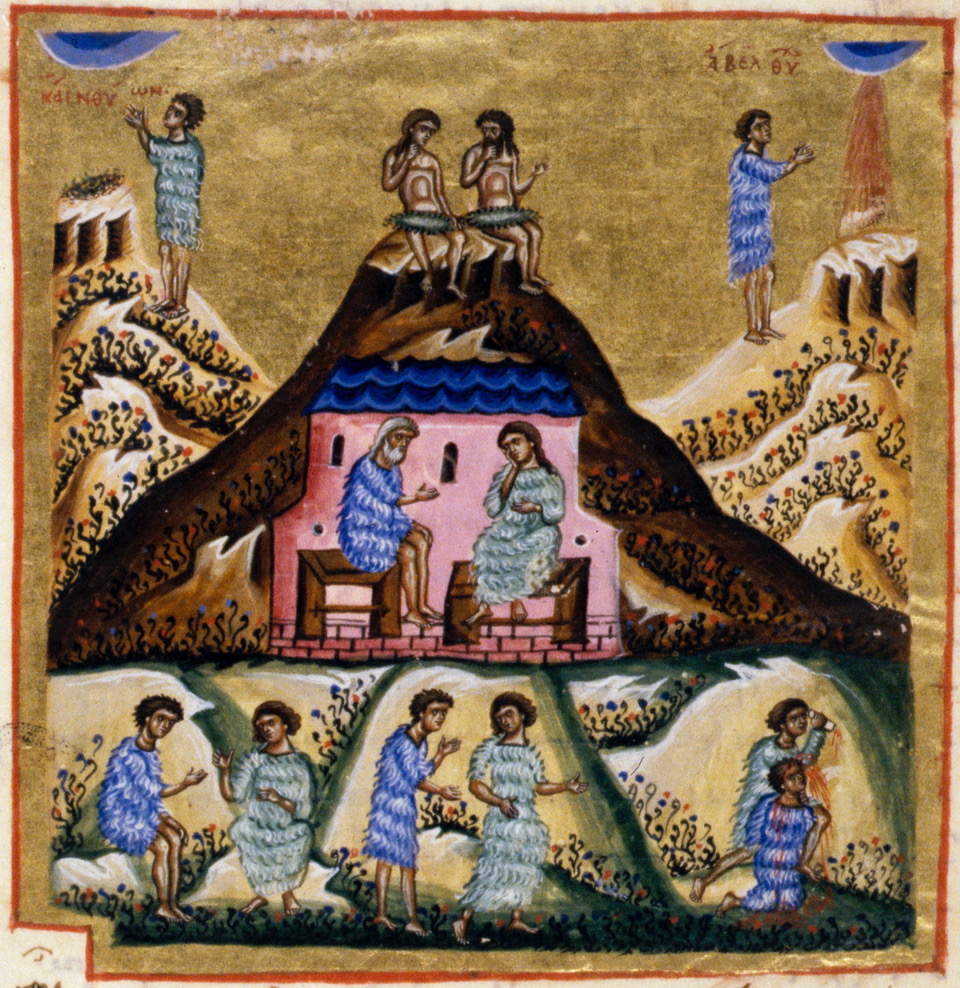
Adam and Eve Outside Paradise, 12th Century
Job
When was Job written? It’s one of the older books of the bible, likely written between the 7th and 4th century BCE. His interpretation has shifted over the years. In the second temple period (500-70ish BCE) he becomes a patient character in a story about a test of virtue, and less about putting God on trial and laying the foundation for a covenantal relationship with God.
The story may be older, though, possibly influenced by the Ludlul-Bel-Nemique (1700 BCV, or “The Poem of the Righteous Sufferer.” Like Job, it’s the story of a wealthy, righteous person who suffers, and so raises difficult questions about the gods themselves. It may have also been influenced by “Babylonian Theodicy,” a complex poem which addresses the problems of suffering and evil as a dialog between a sufferer and his friend…an idea which has parallels in Job. It doesn’t seem like these (or the Sumarian “Dialogue between a Man and his God”) are necessarily the source of Job, but there’s a tradition of trying to glean some sense of justice and mercy from the behavior of the gods.
It feels like some of Job’s words could have been inspired by the 7th century “Penitential Prayer to Every God.”
Job is challenging, and the author is something special. He draws on ancient literature, has a wide-ranging vocabulary (there are a number of words that are unique to the book of Job, at least within the bible. Leviathan is one of them. Fun word: “Hapax Legomenon“, a word that only appears once within a certain context.) Edward Greenstein suggests that the author was, like Shakespeare, innovative, extremely literate, and brilliant, writing for well-educated Judean intellectuals…a very thoughty, crafted text.
If you’d like to continue the discussion of Job, do consider visiting Bible Fun for Kids and checking their summaries and worksheets.
Sources!
The Mythology of Eden, Arthur and Elena George, 2014. Deep dive into various ideas of the symbol-set of Eden. Do not read in one night. (Amazon)
Supplementary Hypothesis: D, J, and P as the primary authors of the Pentateuch. The Documentary Hypothesis also includes E, Redactors, and a few other sources, and has a more complicated and therefore more rewarding diagram. (Wiki)
Job, Satan, & God: The Book of Job with Derek Thomas: The introductory episode to a series of sermons on Job, which we found very useful for getting into Job. (YouTube)
Podcast: Play in new window | Download

